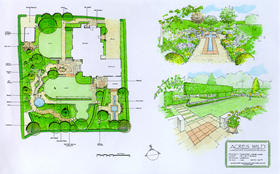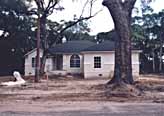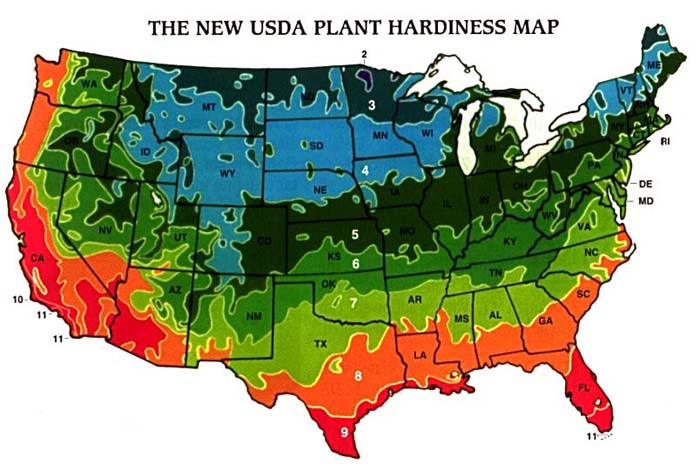Landscape
Design
by Andy Vick
Landscape Design-decoration of land, by planting
trees, shrubs, and gardens.
When reading the above definiton of Landscape Design, you are
given a simple and somewhat easy discription of a task that is at times
very difficult, time consuming, and sometimes expensive.
Landscape design is a very rapidly growing industry, hobby, ext. The
benifits of designing your landscape are many. They vary from beautification,
conservation, personal enjoyment, exercise, sense of accomplishment, and
also it can increase the value of ones property greatly.

Here you can see a design drawn out and rendered, with
multiple views.
Before you can go and start building a landscape you need to know how
to lay the design out on paper, this will help you, and also will help
the client to see what you will be doing to his or her yard. The actual
laying out of the design on paper may be the hardest part, trying to get
the shading down, and drawing everything to scale is probably the hardest
part, but with a little practice you'll find it gets easier and easier.
I have worked for a landscape company as a laborer and also I have designed
a few small landscapes myself. When designing a landscape you want to create
an environment that flows with nature and completes an already existing
environment. A few things to keep in mind are: Unity, repetition, balance,
color, and dominance. Getting a design that looks nice and also does not
limit the natural beauty of nature, or other vocal points, such as a house,
building, lake ect. is important. Although it is nice to have a vocal point
in the design that may lead to a certain point, or may attract a group
of people, may it be a pond, a patio, or just an open area surrounded by
plants, this is not necessary.

The above picute shows a new house that has been built,
and is awaiting design.
When designing this landscape you need to take into consideration what
the home owner likes, the climate you are in, and also if
there are other houses in the area, what general theme are they incorporating
into there landscape. This particular yard has alot of large trees which
protect the area and give the scene a look as though it has been there
untouch for many years. Remember the keys when designing a landscape. Have
lines flow instead of sharp jagged corners that do not look natural. Try
and have some color year round, not just in the spring or just in the summer,
choose your plants and your materials so they blend into one another.

Here you can see the before and after pictures, notice
the flow that this design has, and how much a little work added to the
entire scene.
One of the biggest aspects of designing a good landscape is the plants
you choose. A good designer will choose plants so there is color year around,
maybe not the same plants over and over but plants that have a noticible
color in the different seasons. When choosing your plants it is very important
that your plants are zone hardly, meaning they can with stand the climate
in that particular region. Without the right plants the design is useless,
unless you want new plants every season. For instance a palm tree may grow
during the summer in Fargo, but soon as the temperature drops, so will
your tree. By just looking at a zone map you can learn what plants will
and will not grow in your area. The following image is a zone map, the
different colors represent the different zones.

Landscape design is very rapidly growing and is a great field to get
involved in if you like the outdoors, plants, and trying to make an area
a little more enjoyible place. For more pictures or information visit the
following sites.
Hardiness
Zones
See it before you build it
A Different
Aspect
NDSU



